Discovering the Perfect Canine Companion: Large Dog Breeds with Short Hair
Introduction to Large Dog Breeds Short Hair
Choosing a dog is a big decision – literally, if you’re considering one of the many large dog breeds with short hair. These dogs combine size and strength with a smooth, easy-to-maintain coat, making them a popular choice for people who appreciate a low-maintenance grooming routine. If you’re not a fan of furballs clinging to your clothes or furniture, a larger dog with short hair may be a good fit for you.
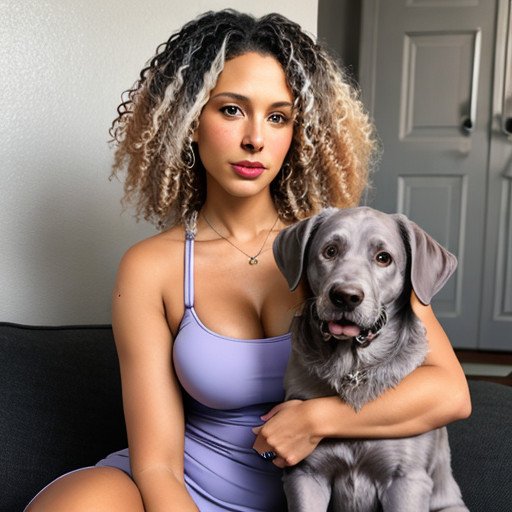
Table of Contents
Imagine coming home to the gentle giant personality of a Great Dane or playing with a lively Labrador Retriever. These breeds are known for their loyalty, energy, and protective instincts, but they also have unique needs that set them apart from their smaller counterparts. Whether you’re an active outdoor enthusiast or a family member looking for a playful addition, short-haired large dog breeds offer a variety of characteristics to suit your lifestyle.
In this guide, we’ll explore the benefits of owning a large short-haired dog, learn about some of the most popular breeds, and discuss important factors to consider when choosing the right companion. Let’s embark on this journey to find out which breed of large dog with short hair is your ideal furry friend!
** 1 of 8 ** 10 Popular large Short Haired Dog Breeds :
1. Labrador Retrievers :
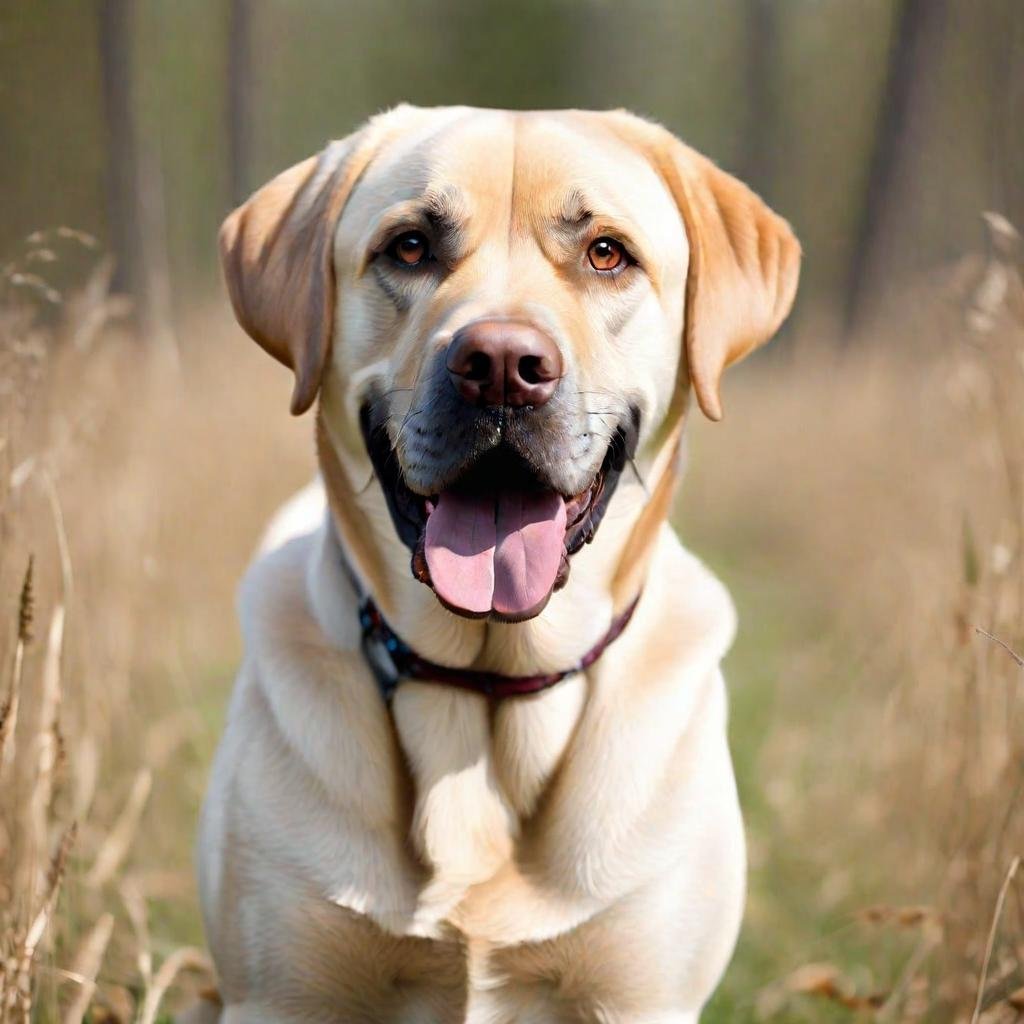
Labrador Retrievers typically stand 21.5 to 24.5 inches tall and weigh between 55 and 80 pounds. They come in three colors: black, yellow and chocolate. Known for their friendly and outgoing nature, Labs are great with families and are highly trainable, making them excellent companions and efficient working dogs.
2. Boxers :
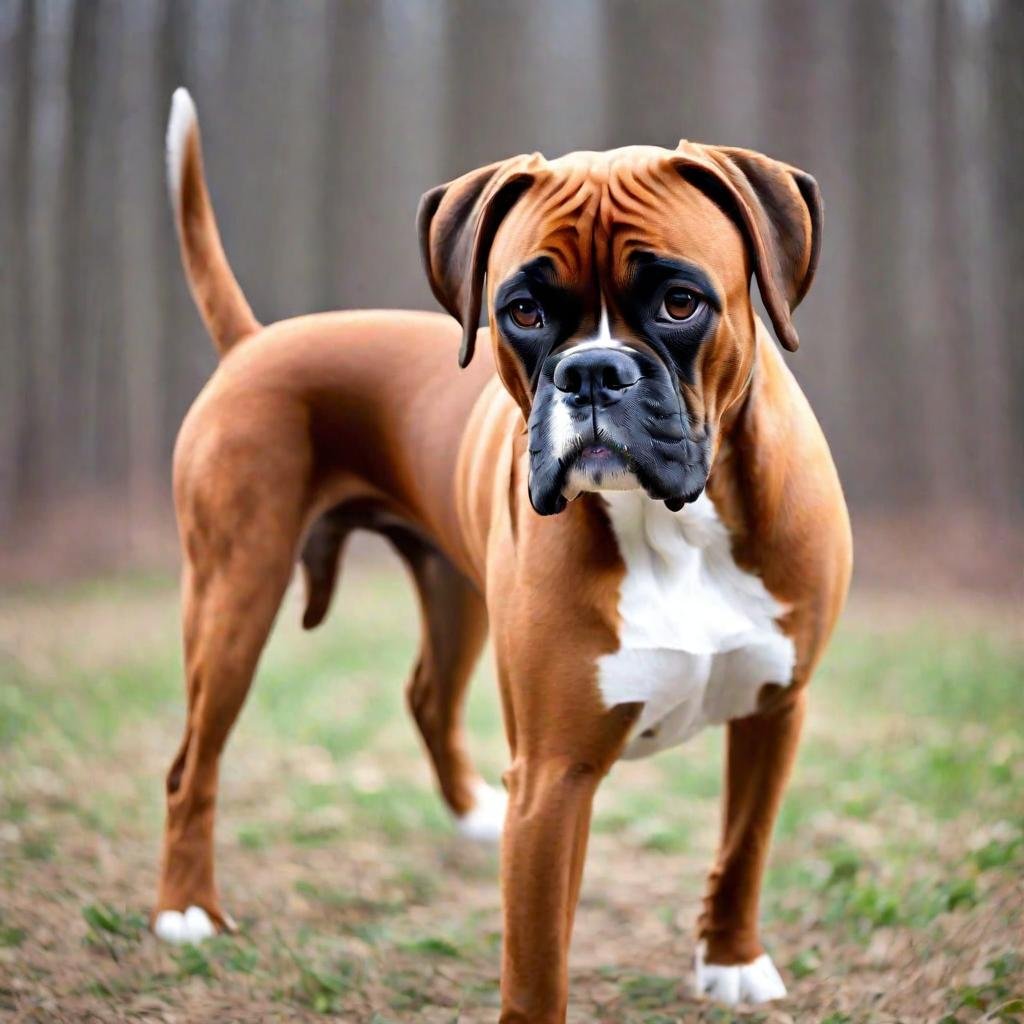
Boxers typically stand 21.5 to 25 inches tall and weigh between 50 and 80 pounds. They usually come in deer or brindle colors, often with white markings. These dogs are energetic, playful, and protective, with a natural instinct to protect their family. Despite their strong bodies, they are gentle and affectionate.
3. Doberman Pinschers :
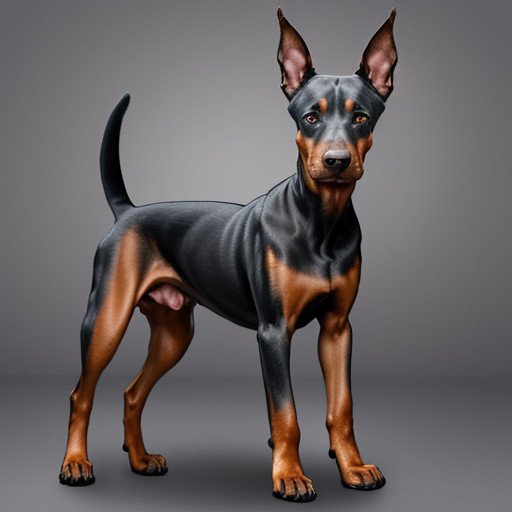
Doberman Pinschers stand 24 to 28 inches tall and weigh 60 to 100 pounds. They usually come in black, red, blue or light brown colors, often with rust markings. Known for their intelligence and alertness, Dobermans are loyal and protective. Despite their strong guarding instincts, they can be affectionate and devoted companions.
4. Great Danes :

Great Danes are imposing, standing 28 to 34 inches tall and weighing 110 to 175 pounds. Their coats come in a variety of colors, including fawn, brindle, black, blue, and harlequin. Known for their gentle and friendly nature, the Great Dane is often referred to as the “gentle giant.” They are calm, loyal, and excellent family companions.
5. Rottweilers :
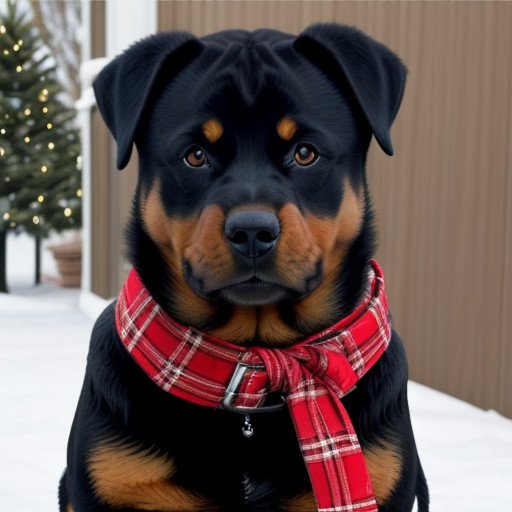
Rottweilers typically stand 22 to 27 inches tall and weigh between 80 and 135 pounds. They are black with distinct brown markings on their chest, legs and face. Known for their strength and loyalty, Rottweilers are protective and courageous. Despite their scary appearance, they can be affectionate and good with families.
6. Dalmatians :
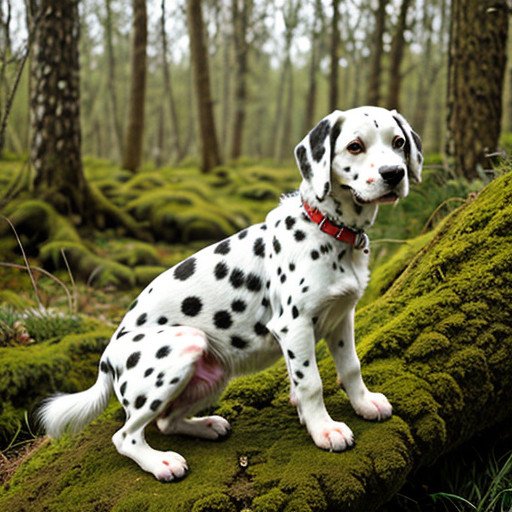
Dalmatians typically stand 19 to 24 inches tall and weigh between 45 and 70 pounds. Their iconic coat is white with black or liver-colored spots. Known for their energetic and playful nature, Dalmatians are intelligent and active dogs. They are friendly and thrive in an environment with plenty of exercise and interaction.
7. Bullmastiffs :
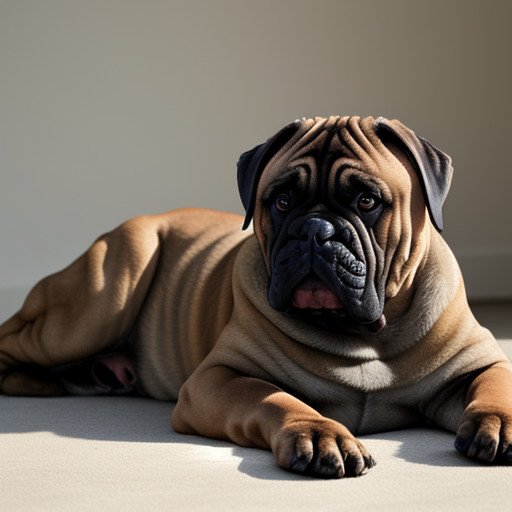
Bullmastiffs typically stand 24 to 27 inches tall and weigh between 100 and 130 pounds. Their coats are short and come in fawn, red or brindle colors. These dogs are known for their calm and confident nature. Bullmastiffs are protective as well as gentle, making them excellent guard dogs and affectionate family companions.
8. Weimaraners :
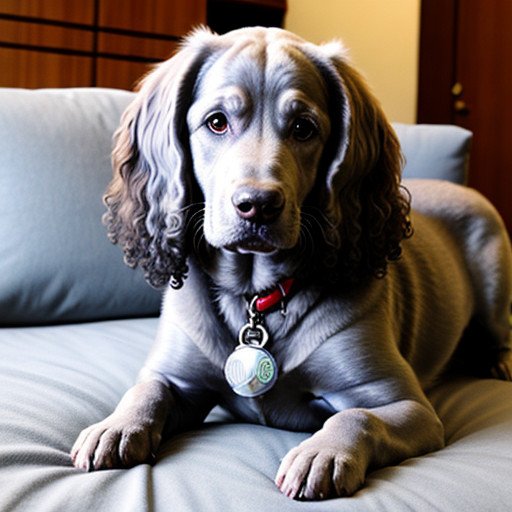
Weimaraners typically stand 23 to 27 inches tall and weigh between 55 and 90 pounds. Their distinctive coat is short and smooth, usually in shades of gray or silver. Known for their high energy and intelligence, Weimaraners are spirited and loyal. They need plenty of exercise and enjoy being active with their owners.
9. Rhodesian Ridgebacks :
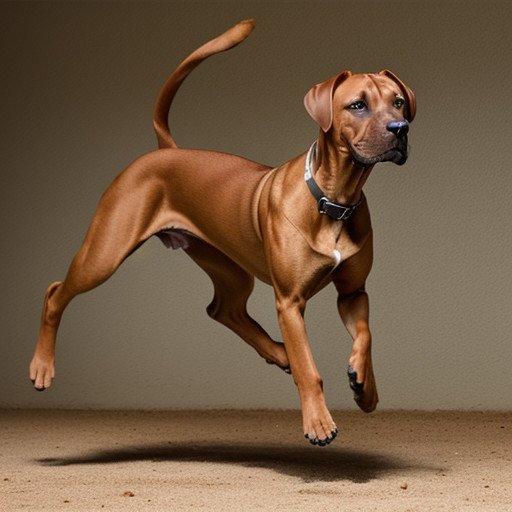
Rhodesian Ridgebacks typically stand 24 to 27 inches tall and weigh between 70 and 85 pounds. Their short coats are usually wheatish in color, with a distinctive ridge of hair on their backs. Known for their courage and independence, Ridgebacks are strong, protective, and loyal companions. They are also affectionate and good with families.
10. Vizsla :
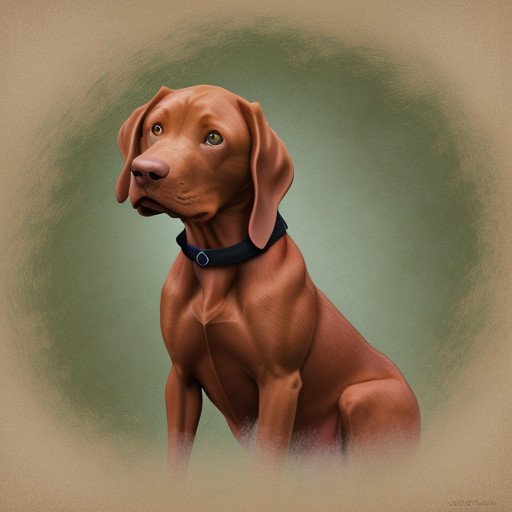
Vizslas typically stand between 21 and 25 inches tall and weigh between 45 and 65 pounds. Their coats are short and smooth, usually a deep golden rust color. Known for their energy and affectionate nature, Vizslas are friendly, intelligent, and eager to please. They thrive on human interaction and need plenty of exercise to stay happy.
** 2 of 8 ** Benefits of Large Dogs with Short Hair ;
Short-haired large dog breeds offer a unique combination of size and low-maintenance care. One of the main advantages is that their short hair requires less frequent grooming than long-haired breeds. This can be a significant benefit for busy pet owners who want a larger dog but don’t have the time or interest for intensive care sessions.
Large dogs with short hair generally shed less hair, reducing the amount of hair found on furniture and clothing. This makes them a great choice for people who want to minimize cleaning while still enjoying the company of a larger canine companion.
Another advantage of short-haired large dog breeds is that they are easier to keep clean. With less fur to trap dirt, it is easier to maintain their cleanliness by giving them a quick wipe down or a short bath when needed. This is especially useful if your dog is active and enjoys outdoor adventures.
Finally, large dog breeds with short hair often have bold, sleek appearances. This can be appealing to owners who appreciate the aesthetic of a strong, athletic dog without the fluff. These dogs are known for their loyalty, energy, and protective instincts, making them great companions for a variety of lifestyles.
** 3 of 8 ** Considerations Before Choosing a Large Short Haired Dog ;
Unique Considerations Before Choosing a Large Short-Haired Dog.
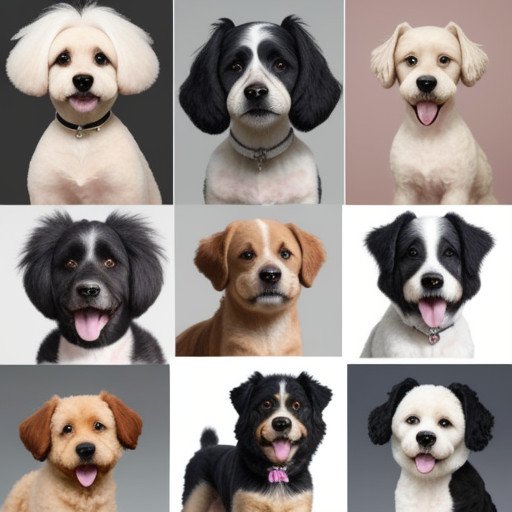
1. Space Requirements ;
An important consideration for short-haired large dog breeds is space. These dogs often need space to stretch their legs and move around comfortably. If you live in an apartment or small house, you’ll need to make sure there’s enough space for a large dog to thrive.
2. Exercise requirements :
exercise requirements Large short-haired dogs generally require plenty of exercise. They have high energy levels, so regular walks, play time and outdoor activities are essential. Consider your lifestyle and whether you have the time and energy to live with an active dog.
3. Training and Socialization :
Training and Socialization Training is important for short-haired large dog breeds. These dogs can be strong and protective, so early socialization and obedience training is important to ensure they are well-behaved in a variety of situations. Make sure you are willing to put the time into training.
4. Health Considerations :
Health Considerations Large short-haired dogs may be prone to specific health problems due to their size, such as hip dysplasia or heart problems. It is important to research the breed you are interested in and understand any potential health risks.
5. Grooming and Maintenance :
Grooming and Maintenance While larger short-haired dogs generally require less grooming, they still require basic care, such as regular brushing to manage hair loss. Make sure you’re prepared to maintain a grooming routine to keep your dog’s coat healthy and clean.
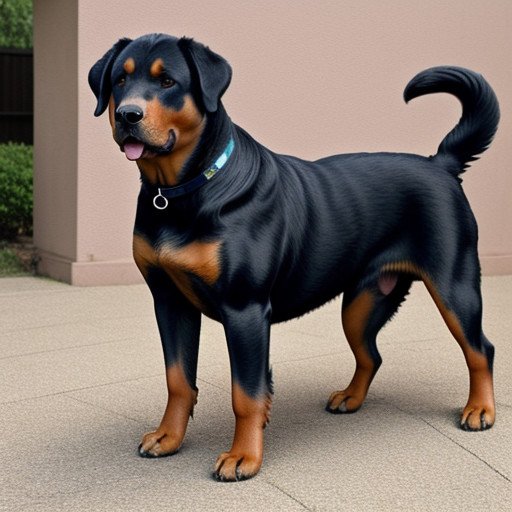
** 4 of 8 ** Training and Socialization ;
Training and socialization is important for all dogs, but especially for large dog breeds with short hair. Given their size and strength, it is essential to start training early to ensure they grow into well-behaved adults.
Socialization involves exposing your dog to different people, places, and other animals to help them become comfortable in different situations. For large short-haired breeds, this step is important to prevent fear-based behavior or aggression. Take them on walks in busy areas, take them to the dog park and introduce them to friends and family. The more positive experiences they have, the more adaptable they will be.
Training large short-haired dog breeds should focus on basic obedience commands such as sit, stay and come. These commands establish a foundation of good behavior and help ensure safety in a variety of environments. Because these breeds can be strong and energetic, consistent training is important. Positive reinforcement methods, such as treats and praise, work best to encourage desired behavior.
Beyond basic commands, larger dogs benefit from advanced training like leash manners and crate training. This not only makes your life easier but also ensures that your dog remains safe and comfortable in various situations.
** 5 of 8 ** Experience and Actively Needs ;
Large short-haired dog breeds are known for their high energy levels and require plenty of exercise to stay happy and healthy. Regular physical activity not only keeps them fit but also helps prevent behavioral issues arising from boredom or excess energy.
To meet the exercise needs of large short-haired dogs, you will want to establish a routine that includes daily walks, play time, and interactive activities. These breeds generally thrive with active owners who can engage them in vigorous activities like running, hiking, or playing. Not only does it meet their exercise needs, but it also strengthens the bond between you and your dog.

If you are unable to do intense activities every day, consider incorporating a mix of moderate exercise and mental stimulation. Puzzle toys, obedience training, and agility courses can help keep your older dog mentally engaged, which is just as important as physical exercise.
It is important to consider your lifestyle before bringing home a large short-haired dog. If you enjoy an active lifestyle and access to open spaces, these breeds can make great companions. However, if your schedule does not allow for adequate exercise, you may need to explore other options.
** 6 of 8 ** Health and Nutrition ;
Short-haired large dog breeds have unique health and nutrition needs due to their size and energy levels. To ensure that they remain healthy, a balanced approach to diet and regular veterinary care is needed.
When it comes to nutrition, large short-haired dogs need a high-quality diet that provides the right balance of proteins, fats, and carbohydrates. Since these breeds are generally active, it is important to have a diet that supports muscle growth and sustained energy. Look for dog food specifically formulated for large breeds, Because it will often contain nutrients that support joint health and help maintain a healthy weight.
Speaking of weight, keeping short-haired large dog breeds at optimal weight is key to their long-term health. Being overweight can lead to joint problems, heart problems and a reduced lifespan. Be sure to measure food portions and avoid overeating, even when those big brown eyes are begging for more food.
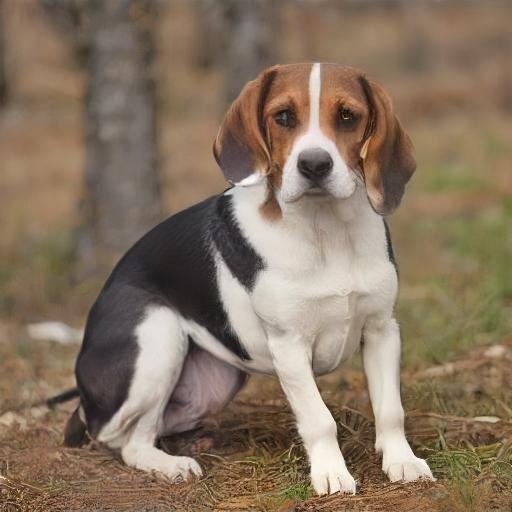
Regular vet checkups are essential to monitor your dog’s health. Large breeds are prone to specific health concerns like hip dysplasia and bloat, so early detection is important. Be sure to discuss any breed-specific risks with your veterinarian and follow their guidance on preventive care and health maintenance.
** 7 of 8 ** Grooming and Hygiene ;
Short-haired large breed dogs are generally easier to care for and groom than longer-haired breeds, but they still require regular attention to keep them looking and feeling their best. Because their coats are short, brushing once or twice a week is usually enough to remove loose hair and reduce shedding. This not only keeps your dog comfortable but also reduces the amount of hair on your furniture and clothes.
Bathing a large short-haired dog may need to be done less frequently than long-haired breeds. Bathing every few months, or when they become particularly dirty, is usually sufficient. When bathing, use a gentle shampoo to avoid drying out the dog’s skin. Since their skin can be prone to dry skin, check for signs of irritation or peeling during grooming sessions.
Ears, teeth and nails are also important aspects of grooming. Short-haired large breed dogs may be prone to ear infections due to their size, so regular ear cleaning is essential. Brushing your dog’s teeth a few times a week helps prevent dental problems, and regularly trimming their nails can prevent overgrowth, which can be uncomfortable for your dog.
By following a regular care and hygiene routine, you will ensure that your large short-haired dog remains healthy, clean and comfortable.
** 8 of 8 ** Finding the Right Dog ;
Finding the right dog among short-haired large dog breeds requires careful consideration of your lifestyle, living space, and experience with dogs. Large short-haired breeds can be wonderful companions, but their size and energy levels mean they have unique needs.
First, assess your living situation. If you live in an apartment or small house, make sure there is enough room for a large dog to move around comfortably. Access to outdoor areas for exercise is a plus. If you have a yard, make sure it is securely fenced to keep your dog safe.
Next, think about your lifestyle. Large short-haired dog breeds are active and require regular exercise. If you enjoy outdoor activities like hiking or running, these breeds may be a great fit for you. However, if you are more of a homebody, you may need to create an exercise routine to meet their needs.
Also, consider the breed’s temperament and training requirements. Some large short-haired dogs, such as the Doberman Pinscher, are known for their protective instincts, while others, such as the Labrador Retriever, are more laid-back. Make sure the breed’s characteristics match your expectations and experience level.
Finally, research breeders or adoption agencies that specialize in short-haired large dog breeds. Look for reputable sources that prioritize their dogs’ health and well-being. By carefully evaluating these factors, you can find the perfect large short haired dog to join your family.
** Conclusion **
Choosing from a variety of large dog breeds short hair a rewarding opportunity to find a loyal and energetic companion. These dogs, known for their smooth coats and powerful builds, bring unique benefits and ideas that can your lifestyle. With low grooming needs and lively energy, these breeds are ideal for people who want a dog that is impressive and easy to maintain.
As you make your decision, consider the breed’s specific needs for space, exercise, and socialization. Large short-haired breeds often require plenty of physical activity to stay happy, as well as consistent training to ensure they are well-behaved and adaptable. Be sure to evaluate your lifestyle and living situation to ensure a good match.
Health and nutrition are important factors for large breeds. By maintaining a balanced diet and regular vet visits, you can help ensure that your dog lives a healthy life. Likewise, a consistent grooming routine will keep their short coat looking great.
Overall, short-haired large dog breeds offer a unique combination of strength, loyalty, and low-maintenance care. By taking the time to choose the right breed and meet their specific needs, you can look forward to many years of companionship and adventures with your new best friend.
You might be interested in reading this post as well short hair small dog breeds
Discovering the Perfect Canine Companion: Large Dog Breeds with Short Hair Introduction to Large Dog Breeds Short Hair Choosing a dog is a big decision – literally, if you’re considering one of the many large dog breeds with short hair. These dogs combine size and strength with a smooth, easy-to-maintain coat, making them a popular…
You can read this post https://tomeshnews.co.in/white-small-dog-breeds/
What are the grooming requirements for large dog breeds with short hair?
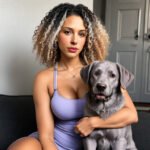
Large dog breeds with short hair require less grooming than long-haired breeds. Brushing once or twice a week is usually sufficient to manage shedding and keep the coat healthy. Bathing can be done every few months or as needed. Additionally, regular ear cleaning, teeth brushing, and nail trimming are important for overall hygiene.
Do large short-haired dogs shed a lot?
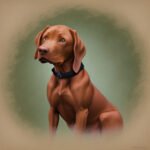
While they generally shed less than long-haired breeds, large dog breeds with short hair still shed to some extent. Regular brushing helps minimize shedding, and a balanced diet can also contribute to a healthier coat and reduced hair loss.
Are large short-haired dogs good with families?
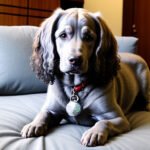
Many large dog breeds with short hair, such as Labrador Retrievers and Boxers, are known for their friendly and affectionate nature, making them great family pets. However, some breeds may have strong protective instincts, so early socialization and training are crucial to ensure they are well-behaved around children and guests.
What are the exercise needs for large dog breeds with short hair?
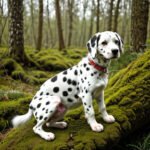
Large short-haired dogs are typically energetic and require regular exercise. Daily walks, playtime, and interactive activities are essential to keep them happy and healthy. Some breeds may require more intense exercise, like running or hiking, while others can be satisfied with moderate activity.
How do I choose the right large short-haired dog for my lifestyle?

Consider your living space, activity level, and experience with dogs. Large breeds need space to move and regular exercise. If you’re active and have a spacious living environment, these breeds can be a great fit. Research the temperament and training needs of the breed to ensure they align with your expectations.
Where can I find reputable sources for large short-haired dogs?
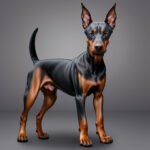
Look for reputable breeders or adoption agencies that prioritize the health and well-being of their dogs. Reputable breeders should provide health clearances and allow you to meet the dog’s parents. Adoption agencies should have a thorough screening process to ensure a good match between the dog and its new family.
